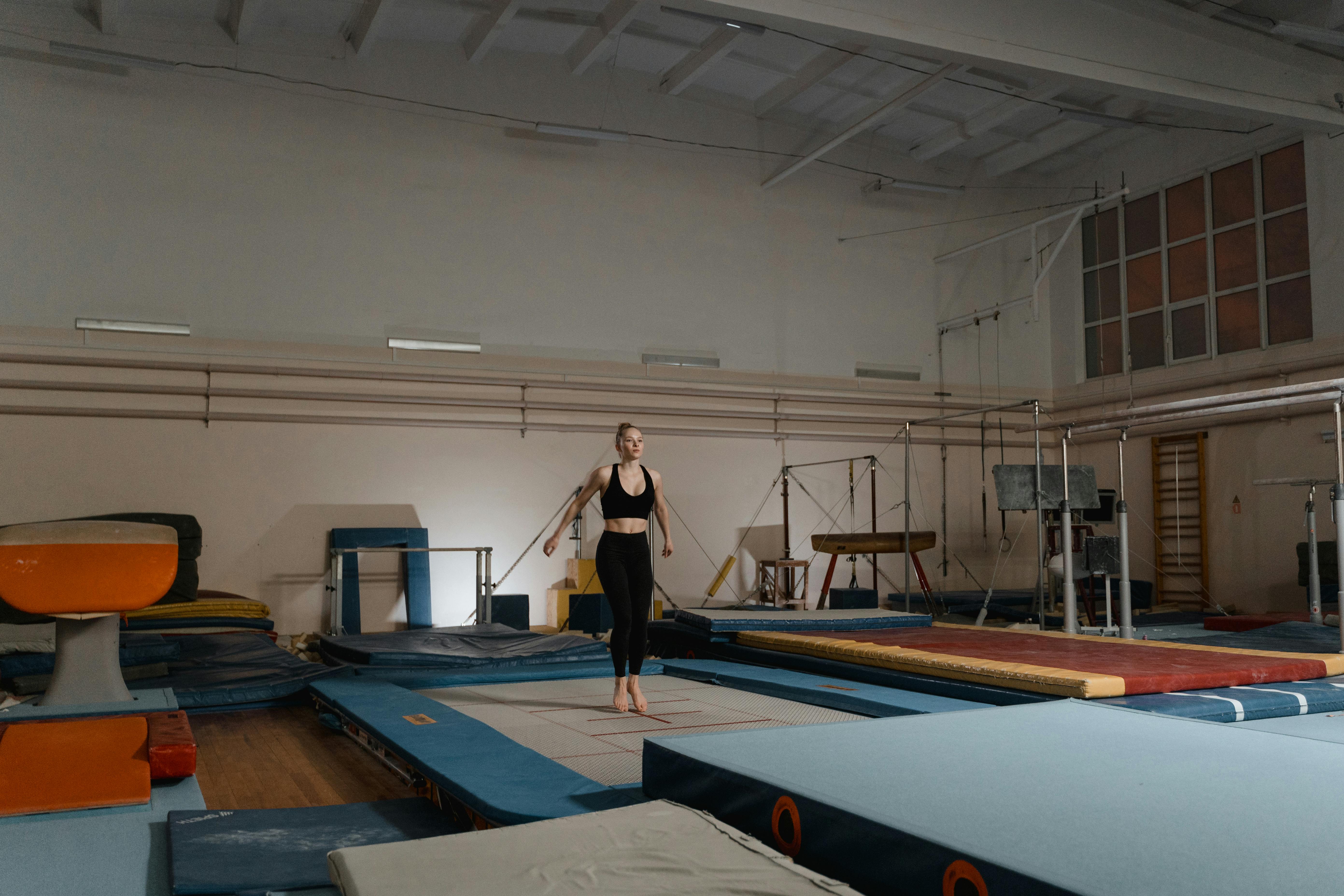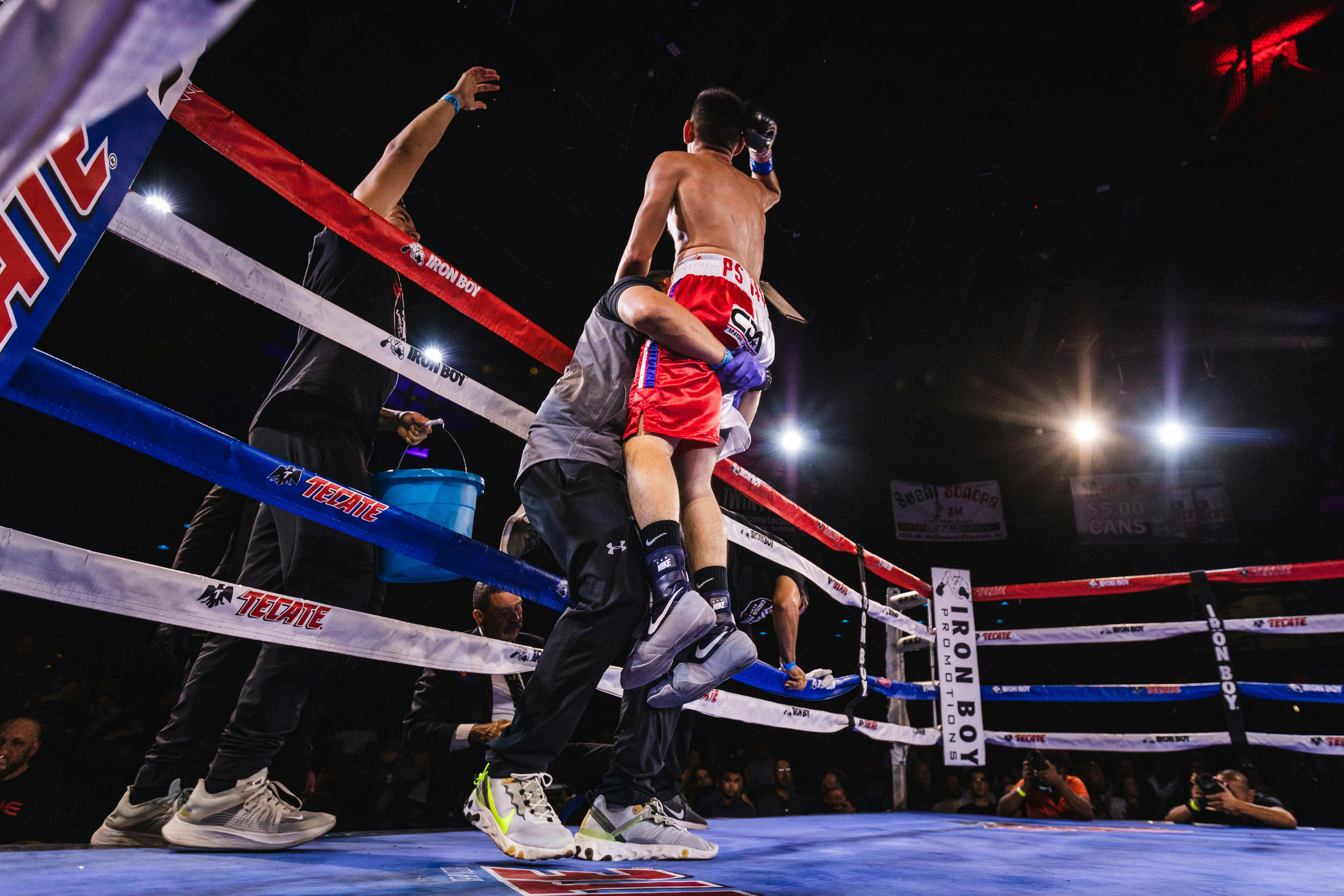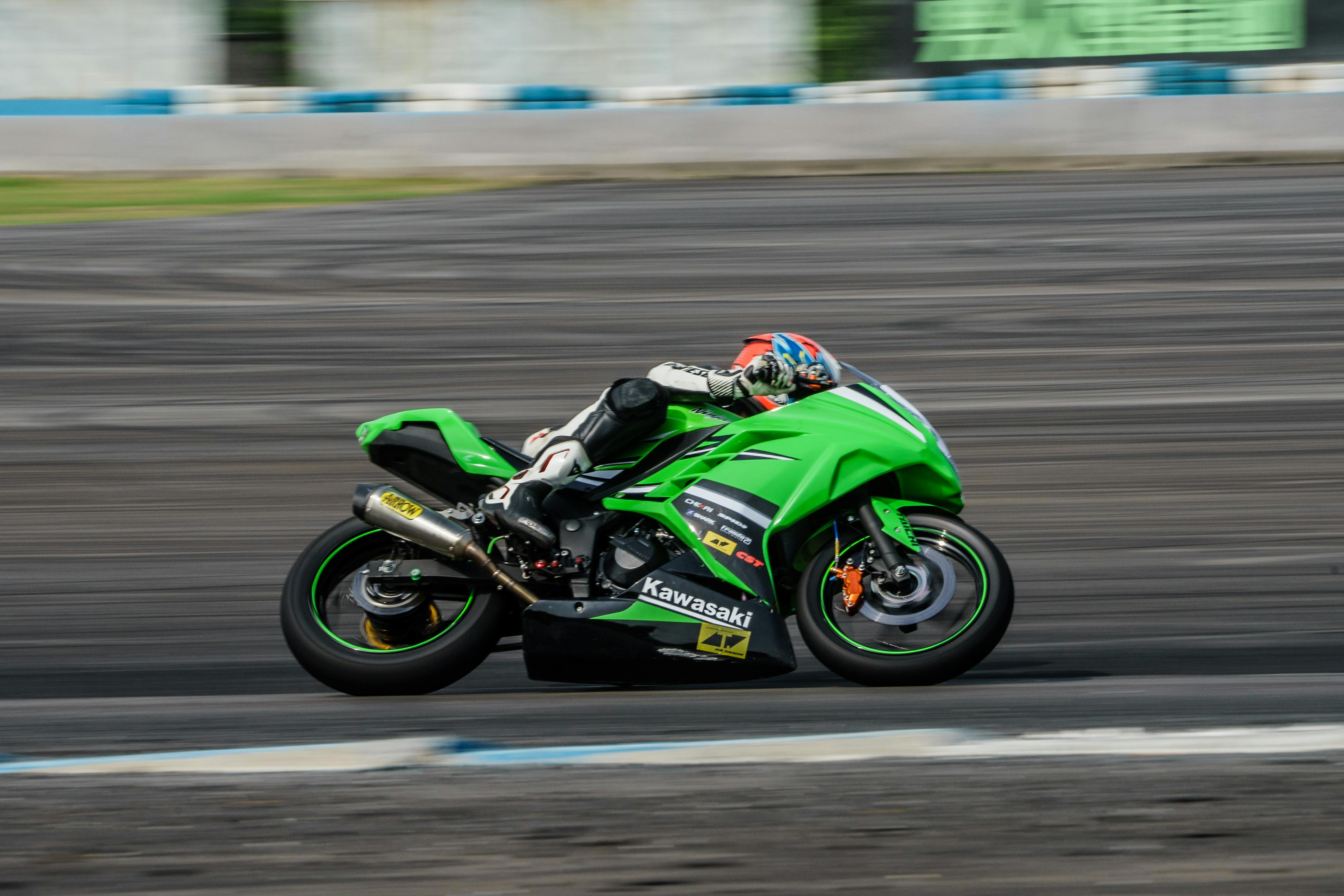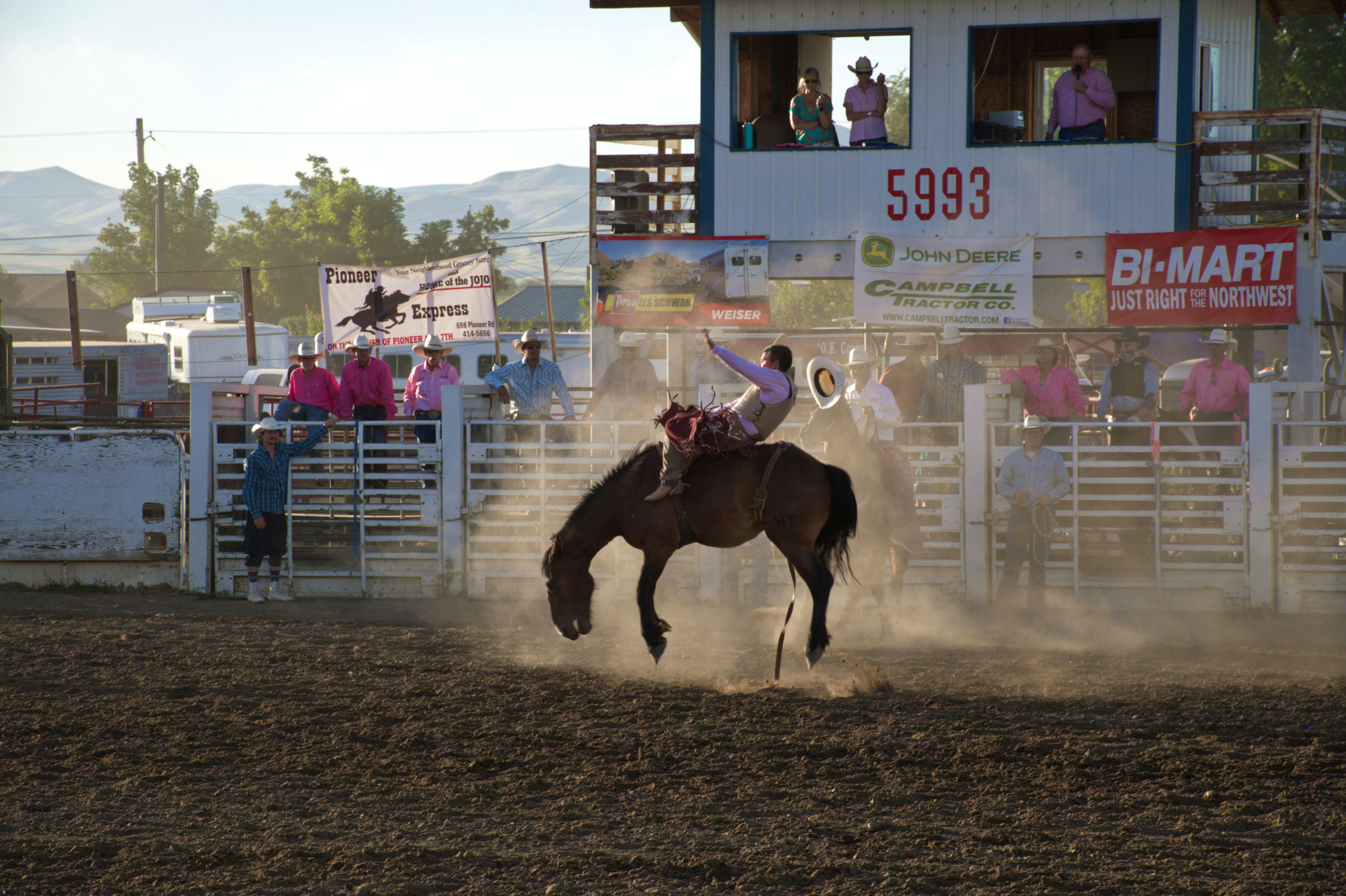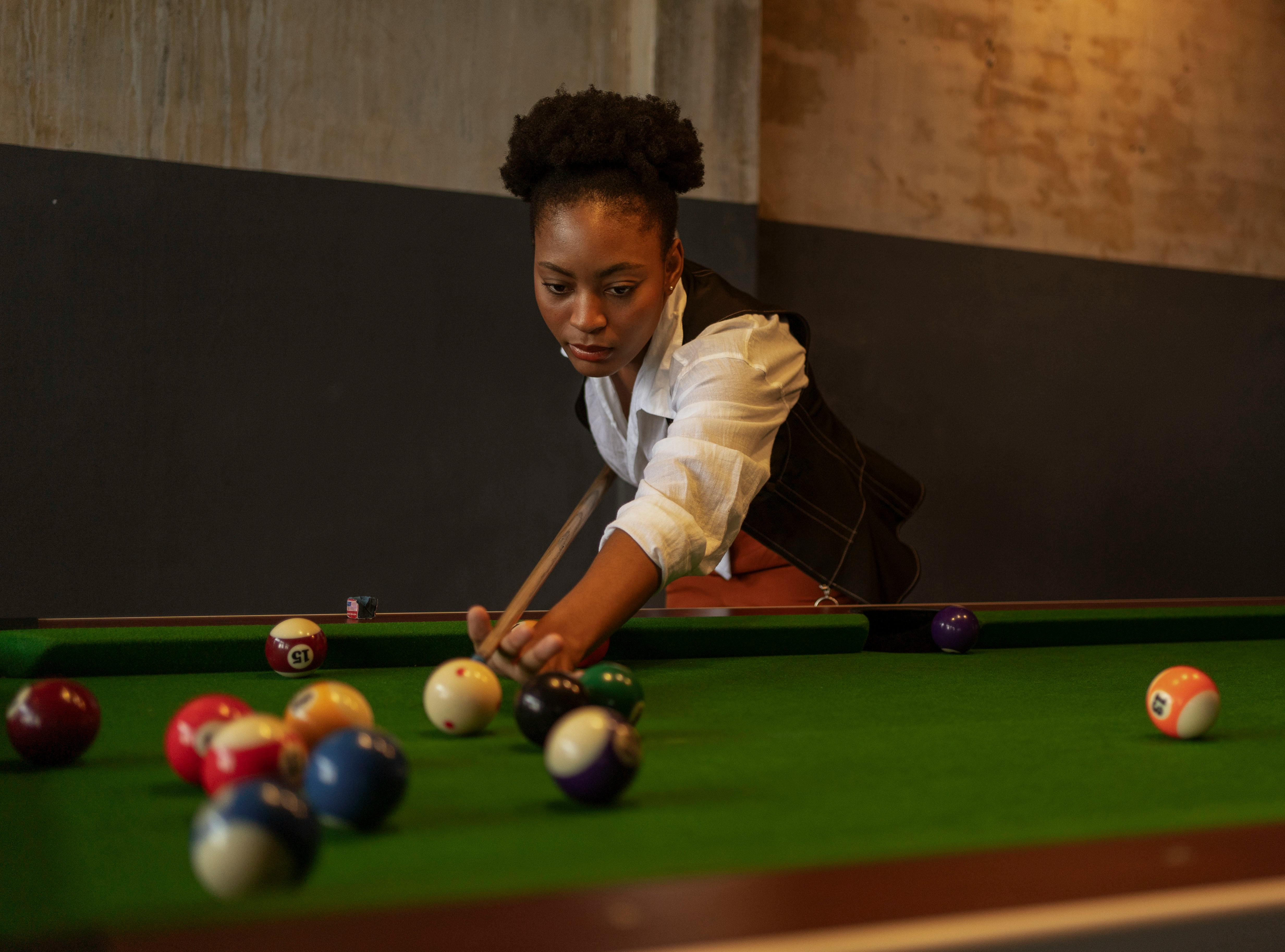History was made last weekend when both the South African teams, namely the Durban Coastal Sharks and the Pretoria Blue Bulls, won their semi-final matches against the two New Zealand teams, the Auckland Blues and the Canterbury Crusaders respectively. It doesn’t matter if the Bulls or the Sharks won the final game, the cup would still stay in South Africa. Well, they forgot to tell the crazy South African rugby fans. All 54,000 tickets for the game in Durban were sold out in a matter of hours on Monday and the whole country was divided between Sharks fans and Bulls fans.
The week was full of excitement and enthusiasm, and this was without a doubt the biggest rugby coup since 1995, when South Africa reached the World Cup final against New Zealand. We won that match and again, it looked like SA couldn’t lose now either. But, tickets were being sold on the black market, competitions were held with prize tickets, TV and radio stations were fixated on the Saturday game and urging the rugby public to phone in to the shows. Newspapers and magazines were full of rugby trivia and in pubs across the country the only conversation going on was about rugby. The whole country was in an uproar in the run up to the big game on Saturday.
Thousands of people took a day off from their workplaces to prepare and arrive early in Durban. Accommodations in hotels, hostels and bed and breakfast establishments were fully booked days in advance. Both supporters’ clubs made forecasts, posed challenges and prepared cars, clothing and everything that could be adapted to the official colors and symbols of the teams. On Friday, traffic fever began to descend on Durban. Cars with streamers, ribbons, flags and other paraphernalia were seen. Bottle shops and butcher shops were hard-pressed to keep up with the demand of aspiring partiers and braaiers. The big day had arrived.
The bookies had the Bulls slightly ahead as favourites, but the locals had nothing to do with it and the odds swung back and forth. Every pub, hotel, club and home in the country was packed with rowdy rugby fans. At 3:00 p.m. the whistle blew to start the big game, the clash of the titans.
The game was fast, hard, furious, aggressive, loud, heartbreaking, frantic, sizzling and any other adjective to describe the perfect conditions. The weather was glorious, the country united in its love of rugby, but divided into two very clearly defined camps of supporters.
Throughout the game, the Sharks seemed to be the better team, they were only a few points up, for most of the game, but it was always anyone’s game, since the scores were so close and as they say, “it’s not over until that the fat lady sings”. No one could have realized how prescient this harmless adage would turn out to be.
A fast, furious and frenetic game built to the most dramatic climax imaginable when, with just three minutes remaining, it looked as if the Sharks had clinched a victory against all odds when Albert van den Berg scored his second try, to put the Sharks up. 19 and the Bulls at 13. With just seconds left, the Sharks supporters came to life in a cacophony of congratulatory applause, but little did they realize they were about to change history.
Because of all the noise, no one heard the final horn, not even the referee. Play was allowed to continue an extra minute and a half. The Sharks had almost stopped playing, when the Bulls hit the ball, in an error not seen by the referee. He allowed them to continue and the Bulls caught the Sharks off guard and Bryan Habana scored a try for them. The scores now stood at 19 for the Sharks and 18 for the Bulls. The Sharks and all their supporters seemed stunned, shocked, incredulous and upset by this unfortunate event and almost begged and wished the ref would stop the game, disallow the try or at least consult with the tomo and match officials but to no avail. . He allowed the attempt.
The Bulls now had a chance to kick for the pole, for another 2 points and win the game. The stadium fell silent, everyone in attendance trying to grasp the magnitude of what was happening. At best, the Bulls could falter, forcing a draw and playing 20 more minutes. Please, miss, was the thought of half the country. Please get over it, were the thoughts of the other half of the country. Well, the Bulls did it, they won the game and they stole the trophy. The Bulls and their fans were absolutely delighted with the result, while the Sharks and their loyal fans were devastated. Many people were seen crying, some with joy, others with misery. That was it. Was over. Bulls fans rushed in for another celebratory drink. The Shark’s faithful followers stood still, their heads in their hands.
Actually, something strange happened after the match. The country was united in glory, with Bulls and Sharks supporters hugging and shaking hands and sharing braai fires across the country. Sharks fans admitted that the Bulls had won and Bulls supporters felt sorry for them and admitted that they were very lucky to have stolen the trophy in the dying seconds of the game. The important thing is that although the trophy will be held in Pretoria and not Durban, it will still be held in South Africa. You can not lose. It belongs to the whole country. The Super 14 tournament is considered the toughest and most physical rugby in the world and is a long tournament, lasting 16 weeks on 3 continents. The future also looks very bright. With rugby’s high standards and opposing provincial teams coming together so close to the World Cup, in a couple of months, this can only bode well for the Springboks. Will we take home the ultimate rugby trophy?
Game Cycle (taken from SA Rugby website)
Habana’s knockout was even more devastating for the Sharks, because even the Bulls and their staunchest of fans would have recognized that the home team had deserved to win a
epic match, worthy of the first final in South Africa. Not expected to face the blue bulldozer for the entire 80 minutes, the Sharks played with amazing passion and focus to get the Bulls out of their rhythm. John Smit and his men were literally like sharks in a feeding frenzy when it came time to break down; swarming in greater numbers and routing aggressively, to deny the Bulls the compelling momentum they like to rack up.
Sharks manager Dick Muir had clearly encouraged his charges to go for it, with the Sharks willing to go for it, from anywhere on the pitch and it almost worked, as the home team went ahead in front of one side of the Bulls, forced. in making mistakes.
The Bulls, having had the brunt of the first ten minutes, had scored an impressive try, through Pierre Spies, in the 12th minute, following a penalty into touch, a strong drive and a clean shot from Victor Matfield , but the threat of the ease with which it was scored soon dissipated, as Spies made a critical mistake, to leave the Sharks in front.
The Sharks intended to put pressure on the injured Fourie du Preez, through Ruan Pienaar and Butch James, and a heavy strike from the latter at scrum-half saw Spies panic and try to get a 50/50 pass to Akona Ndungane. . the ball went to JP Pietersen and the tournament’s top try-scorer picked up the pace to beat the wrong-footed Bulls to the goal line, 50 meters away.
Although Percy Montgomery missed the conversion, it was 8-7 after the first quarter and the flow was with the Sharks.
A eddy wind made conditions difficult and with Johan Roets and Percy Montgomery nervous under the high ball, it looked as if mistakes, as often happens in finals, would have a bigger influence than constructive plays.
Montgomery kicked a penalty to make it 11-7, but Derick Hougaard reciprocated to reduce the lead to one point (11-10).
An up-and-down paid dividends for the Sharks, as JP Nel was caught offside playing the ball after Roets hit him and Montgomery’s kick put the Sharks up 14-10 for good, after 34 minutes.
This was still the score at halftime, a point reached with the Sharks attacking hard, but in the second period, momentum began to turn the Bulls’ way. Hougaard missed a knockdown, then came up short with a long range penalty and a sharp break brought on by Gary Botha and followed up by Pedrie Wannenburg, was snuffed out right in the corner.
Ball possession and field position were beginning to favor the Bulls, but an excellent piece of recycling fell through when James made a hard tackle on Wynand Olivier, while he
crashed inside Matfield.
However, the Sharks were forced to concede a penalty and Hougaard stepped up to make it 14-13, early in the fourth quarter.
However, the Sharks’ tackle was nothing short of heroic, with the Bulls tending to put the ball away too quickly, plus Jaco van der Westhuyzen missing an easy 10-metre drop attempt and Butch James getting off scot-free with a cruel Knock-on behind his own line, as the bouncing ball sailed away from him, the crescendo rising from the ramparts of King’s Park signaled that most fans were beginning to feel a night of celebrations, in the biggest braai of the world.
This confidence was not misplaced. The Sharks had put their well-trained pick-and-go back to work and a touch penalty allowed Johann Muller to claim the lineout and launch a potent attack. The Sharks were stopped, once, twice and then Albert van den Berg, instead of Johan Ackermann, reached that springy body of his, over the side and squeezed the ball over the line.
There might have been doubt as to whether Van den Berg had placed or rolled the ball over the line, but not in the minds of referee Steve Walsh (who, it must be said, had an excellent game) who raised his hand to concede a try.
The score was 19-13 and with Montgomery replaced, he fell to Francois Steyn to try to add the two extra points that, with three minutes to go, would have put the Bulls two points behind.
But, Steyn missed and that meant the Bulls could still win, with a converted try, but to do that they had to maintain ownership of the ball and the problem was that the battered latex oval was with the Sharks.
But then James, followed by Steyn, made crucial mistakes, failing to get the ball in contact on panicked punts and with Van der Westhuyzen and Ndungane making spirited runs, the Bulls stormed into the red zone.
In a ruck, it looked as if the Bulls had the ball taken from them, but somehow it emerged from their side and frantically passed from hand to hand, appearing to pose no real threat, before a speculative wide pass to the right. , from Adams, arrived in Havana and the fast winger fell back from the 5-meter dotted line, crossed the 15-meter line, and then suddenly straightened with his left foot, to cross and fly over the line, with the clock marking 81 minutes and 36 seconds.
Hougaard had yet to secure the conversion, but although the Sharks charged, were stopped by the ref and stood idling in front of the kicker, Pretoria’s ‘Liefling’ did not miss, to give the Bulls the most unlikely of wins. and provide a home for the Super 14 Trophy in Pretoria.
